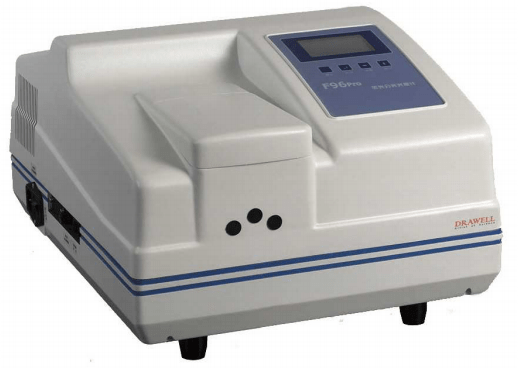

The general formula of a carboxylic acid is R–COOH, with R referring to the rest of the molecule.Īlkanoic acid: A carboxylic acid where the R is an alkane. Some under-groups of hydrocarbons given in this document:Īlkyl: An alkane substituent missing one hydrogen, with general formula C nH 2n+1Ģ-Methylalkane: A branched alkane, with a methyl group connected to the second carbon atom in the main carbon chain.ģ-Methylalkane: A branched alkane, with a methyl group connected to the third carbon atom in the main carbon chain.Ģ-Methylalkene: A branched alkene, with a methyl group connected to the second carbon atom in the main carbon chain.Īlkylcycklohexane: A monosubstituted cyclohexane with one branching via the attachment of one alkyl group on one carbon of the cyclohexane ring, with the general formula C nH (2n+1)C 6H 11.Īlkylcycklopentane: A monosubstituted cyclopentane with one branching via the attachment of one alkyl group on one carbon of the cyclohexane ring, with the general formula C nH 2n+1C 5H 9.Īlkylbenzene: A monosubstituted benzene with one branching via the attachment of one alkyl group on one carbon of the benzene ring, with the general formula C nH (2n+1)C 6H 5.Īlkylnaphthalene: A monosubstituted naphthalene with one branching via the attachment of one alkyl group on one carbon of one of the aromatic rings, with the general formula C nH (2n+1)C 10H 7.Īlcohol: an organic compound in which the hydroxyl functional group (–OH) is bound to a saturated carbon atomĪlkanol: An alcohol where the hydroxyl group is connected to an alkaneĬarboxylic acid: an organic compound that contains a carboxyl group (C(=O)OH). A two ring aromatic without any substituents is called naphthalene, with the formula C 10H 8.

Polycyclic aromatic hydrocarbons: hydrocarbon that are composed of multiple aromatic rings. A one ring aromatic without any substituents is called benzene, with the formula C 6H 6. The simplest of the aromatics have 6 carbon atoms and contains 3 double bounds. Also called cycloolefin.Īromatic hydrocarbon: A cyclic (ring-shaped), planar (flat) molecule with a ring of resonance bonds that exhibits more stability than other geometric or connective arrangements with the same set of atoms. Also called naphthene.Ĭycloalkene: An alkene hydrocarbon which contains a closed ring of carbon atoms, but has no aromatic character, with the general formula C nH 2n-2. Also called acetylene.Ĭycloalkane: A one-ring (monocyclic) saturated hydrocarbon, with the general formula C nH 2n. Also called olefine.Īlkyne: An unsaturated hydrocarbon containing at least one carbon-carbon triple bond, with the general formula C nH 2n-2. Also called paraffin.Īlkene: An unsaturated hydrocarbon that contains at least one carbon–carbon double bond, with the general formula C nH 2n. Hydrocarbon: An organic compound consisting entirely of hydrogen and carbon.Īlkane: An acyclic saturated hydrocarbon, with the general formula C nH 2n+2.

Melting point of hydrocarbons, alcohols and acids, C1-C16, given in ☏
#MELTING POINT MEASURE FULL#
See also pKa values for phenols, alcohols and carboxylic acids.įor full table - rotate the screen! Melting point of hydrocarbons, alcohols and acids, C1-C16, given in ☌ See also boiling points of hydrcarbons, alcohols and acids, densities for different kinds of organic compounds and density, boiling and melting points of nitrogen and sulfur compounds. Multisubstituted alkane < singelsubstituted alkane < singelsubstituted alkene < normal alkene < normal alkane < alkyl cyclohexane < alkylbenzene < cycloalkene < cycloalkane < 2-, 4- and 3-alkanol / 1-alkylnaphthalene < 1-alkanol < normal alkanoic acidįor melting points, the trends are more varying with increasing carbon number for the different types of hydrocarbons.


 0 kommentar(er)
0 kommentar(er)
